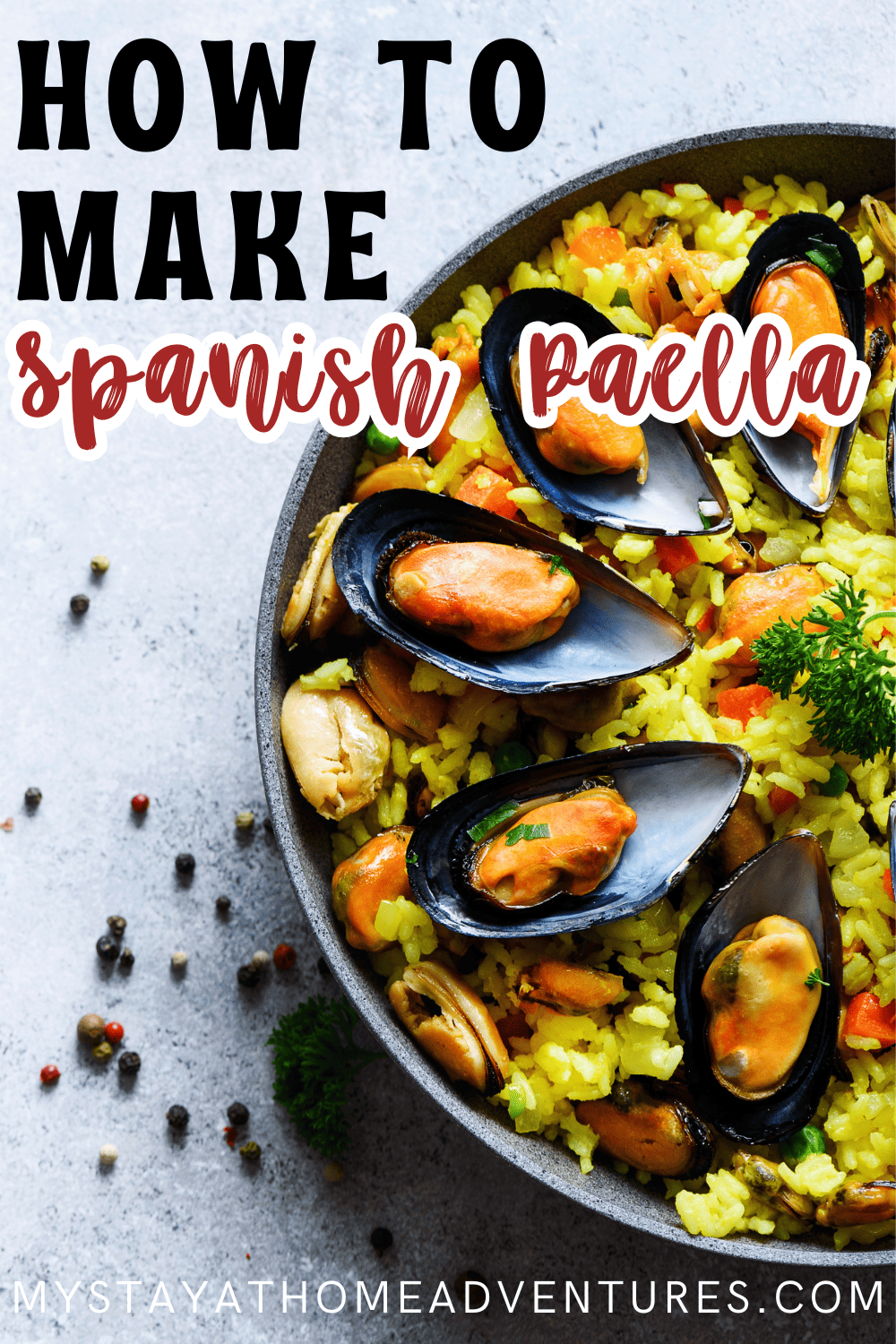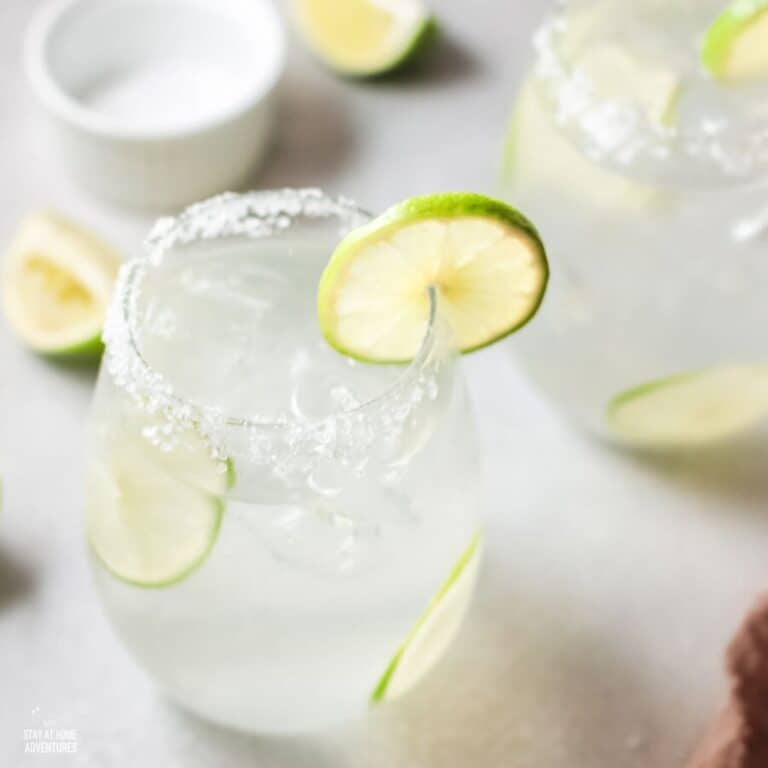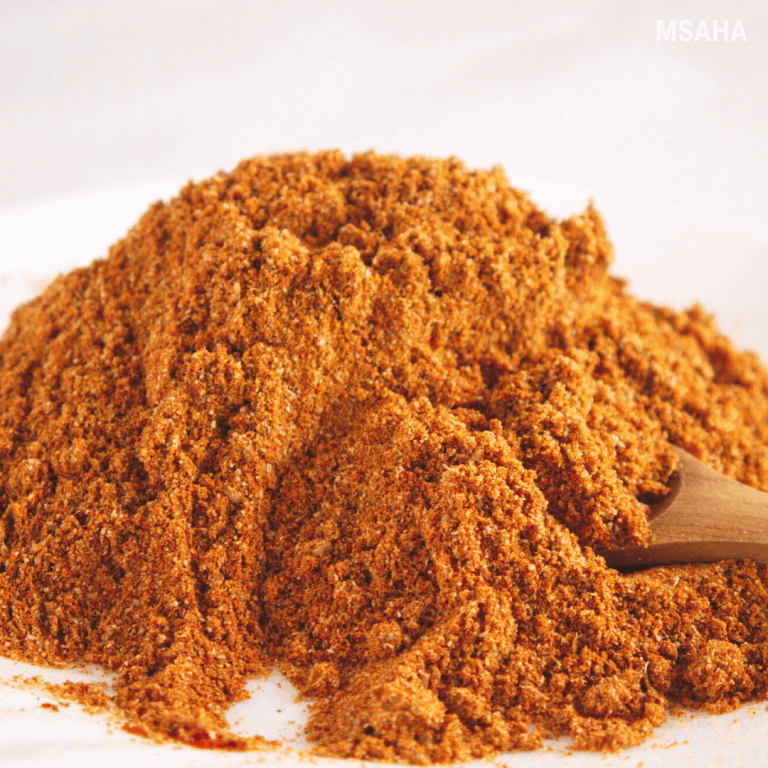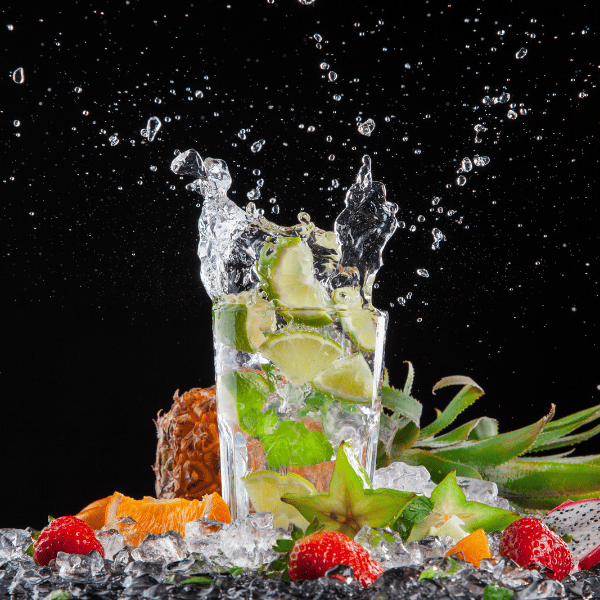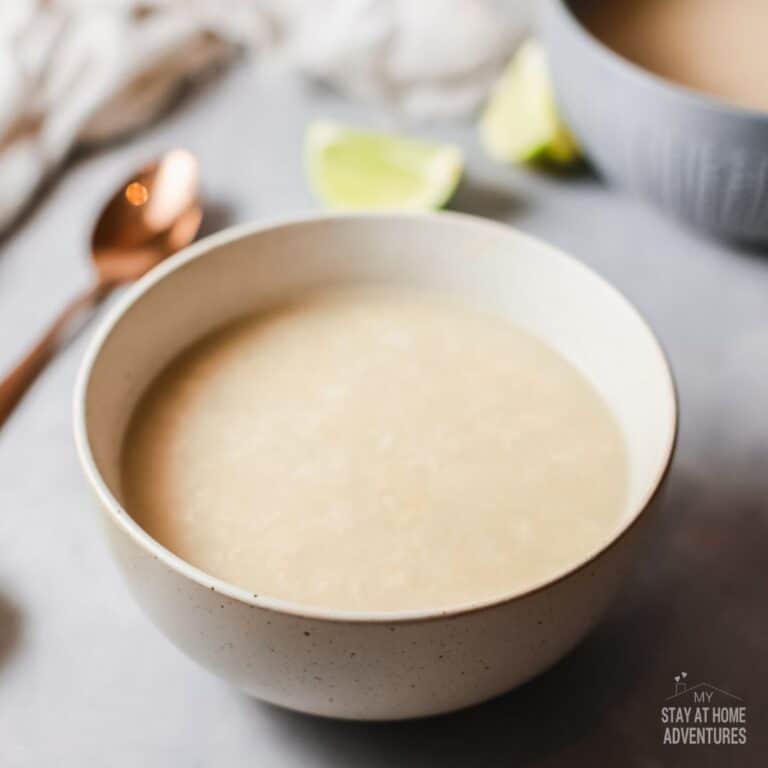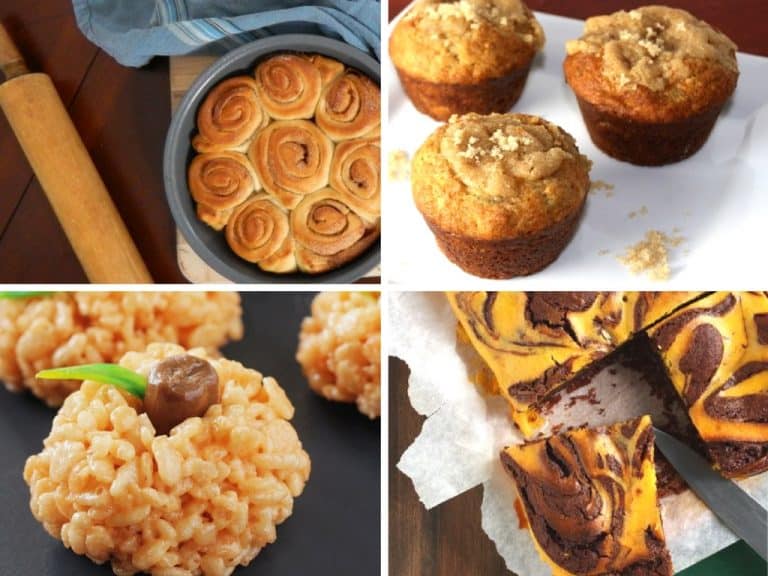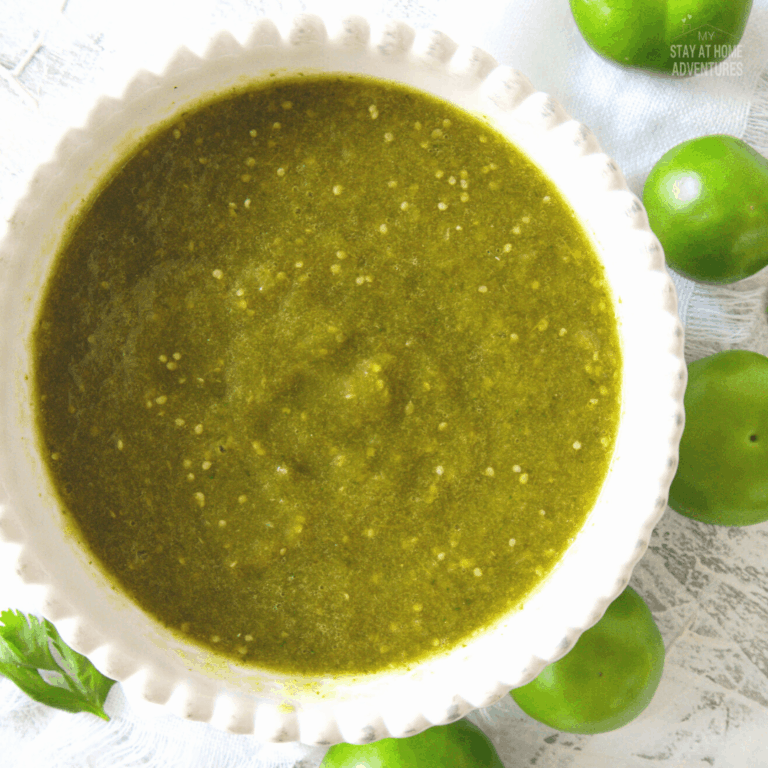How to Make Spanish Paella
This post may contain affiliate links which might earn us money. Please read my Disclosure and Privacy policies herePaella is a celebrated dish that originates from the region of Valencia in Spain. It combines a variety of ingredients, including rice, saffron, vegetables, and different proteins, making it a versatile and flavourful meal. To make Spanish paella, one must master the balance of flavours and textures, starting with essential ingredients and a well-prepared base.
The beauty of paella lies in its communal nature, often cooked in a wide, shallow pan over an open flame. This cooking technique enhances the flavours and creates the coveted socarrat, a crispy layer of rice at the bottom. Engaging in the paella-making process not only results in a delicious dish but also brings people together, fostering a sense of community.
Armed with the right recipe and techniques, anyone can create an impressive paella that showcases the rich culinary traditions of Spain. With each ingredient playing a crucial role, the outcome is a vibrant dish that tells a story of its heritage.
Paella catering is also very popular and can be a great addition to any event.
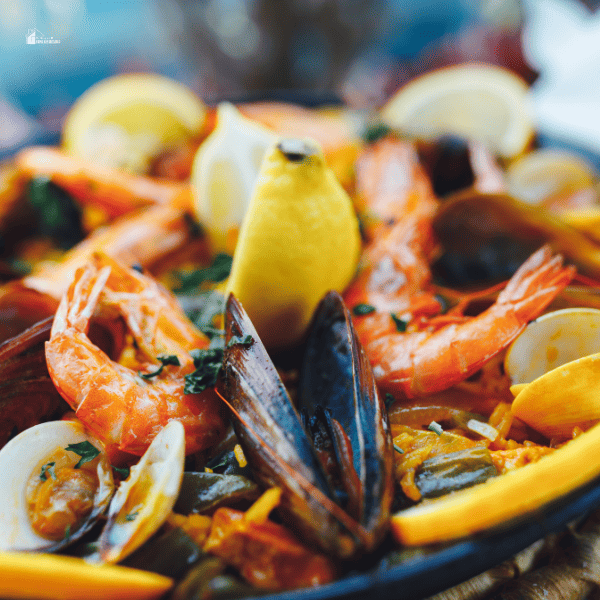
Essential Ingredients
Choosing the right ingredients is crucial for authentic Spanish paella. Key components include specific types of rice, selected proteins, and a variety of vegetables and spices that enhance its flavour and texture.
Rice Selection
The type of rice used in paella fundamentally impacts the dish. Bomba rice is highly recommended; it absorbs liquid and flavours well while maintaining firmness. Other suitable options include Calasparra rice, known for its short grain and similar qualities. Each grain should ideally absorb three times its volume in broth. Avoid using long-grain rice like basmati, which does not hold up as well in the cooking process.
Protein Choices
Proteins can vary widely in paella recipes. Traditional options include chicken, which provides heartiness, and rabbit, favoured in some regions of Spain. Seafood is also popular, with ingredients like shrimp, mussels, and squid often included for a coastal twist. For vegetarian adaptations, chickpeas or tofu can serve as excellent protein substitutes. The choice of proteins should complement the chosen broth and enhance the overall flavour of the dish.
Vegetables and Spices
Vegetables bring colour and depth to paella. Commonly used ingredients include red bell peppers, green beans, and tomatoes, which add freshness. Saffron is a quintessential spice, imparting a rich colour and distinctive taste. Additionally, paprika contributes a smoky essence that enhances the overall flavour profile. Fresh herbs like parsley may also be sprinkled on top before serving to add a vibrant finish. The balance of vegetables and spices is essential for a well-rounded dish.
Cooking Equipment
Selecting the right cooking equipment is crucial when preparing Spanish paella. The choice of pans and heat sources can significantly impact the final dish.
Paella Pan
The paella pan is fundamental for creating authentic paella. Typically made from polished steel, it features a wide, shallow shape, which allows for even cooking and enhances the socarrat, the prized crispy rice layer at the bottom.
Sizes vary, with common diameters ranging from 30 to 60 centimetres. For 4-6 servings, a 40-45 cm pan is suitable. It is important that the pan has two handles for easy lifting and manoeuvring.
When seasoning the pan, it is essential to avoid using harsh detergents. After cooking, a gentle rinse and drying will help maintain its non-stick properties. Regular use will also contribute to flavour development over time.
Heat Source
The heat source is vital for achieving the perfect paella. Traditionally, a wood fire is preferred for its ability to create a smoky flavour, but gas and electric stoves can work well too.
For gas cooking, an even flame is necessary to prevent hot spots. Paella burners are available, which are designed specifically for this purpose, offering greater control and consistent heat distribution.
When using an electric cooker, ensure it can maintain high temperatures. Cast iron heat diffusers can help distribute heat evenly, preventing burnt rice. Adjusting the heat during cooking is essential to achieve the desired texture and flavour profile in the paella.
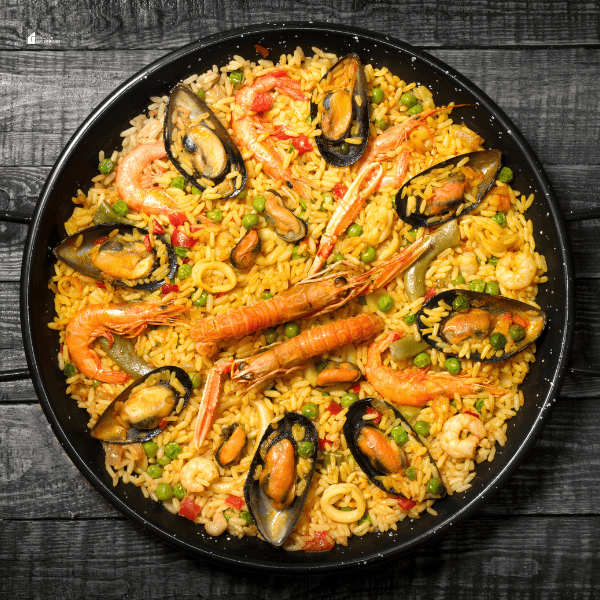
Preparation Techniques
Effective preparation is crucial for a successful Spanish paella. Focusing on a well-crafted sofrito and layering flavours will enhance the dish's complexity and depth.
Sofrito Base
The sofrito is the foundation of Spanish paella, providing essential flavour. Begin by finely chopping ingredients such as onions, garlic, and bell peppers. Sauté these in olive oil over medium heat until softened.
Add diced tomatoes and cook until the mixture thickens, stirring frequently. A sprinkle of salt aids in drawing moisture from the vegetables. Optional ingredients like paprika or saffron can be added to enrich the flavour profile. This base should be fragrant and should exhibit a deep colour, as it sets the stage for the rest of the dish.
Layering Flavours
Layering flavours is key to a well-rounded paella. After creating the sofrito, stir in the rice, allowing it to absorb the flavours. Use short-grain rice, such as bomba or calasparra, for the best texture.
Next, pour in the broth—preferably homemade or high-quality store-bought—ensuring it's heated to a simmer before adding. The rice needs to cook undisturbed to form a socarrat, the crispy bottom layer. During cooking, adding seasonal vegetables and proteins in stages brings out their inherent flavours, enriching the overall taste and harmony of the dish.
Cooking Instructions
The cooking process for Spanish paella involves several crucial steps. Each step contributes to achieving the authentic flavours and textures characteristic of this traditional dish.
Simmering the Rice
Begin by adding the rice to the pan once the sofrito has developed a rich flavour. The rice should be evenly distributed, allowing it to absorb the stock without stirring too much. Use medium-grain rice, such as Bomba or Calasparra, which can absorb more liquid and flavour without breaking apart.
Pour in twice the volume of stock compared to rice. Bring the mixture to a vigorous boil. Then, lower the heat to allow it to simmer gently. This process typically takes around 18-20 minutes. Avoid stirring the rice during this stage, as it can lead to a soggy texture. Once the liquid is absorbed, a slightly crispy bottom, known as socarrat, is desirable.
Adding Seafood and Meat
When the rice is nearly cooked, it's time to add the seafood and meat. Arrange choices such as prawns, mussels, clams, and chicken over the rice. Lay them on top without mixing them in to maintain presentation. This stage usually lasts around 5-10 minutes, allowing the proteins to cook through and impart their flavours into the rice.
Make sure to place the mussels and clams hinge-side down so they open up correctly while cooking. If desired, sprinkle some paprika over the top for added flavour. A final splash of wine can enhance the overall dish as well. The seafood should be fully cooked, with prawns turning pink and mussels fully opened.
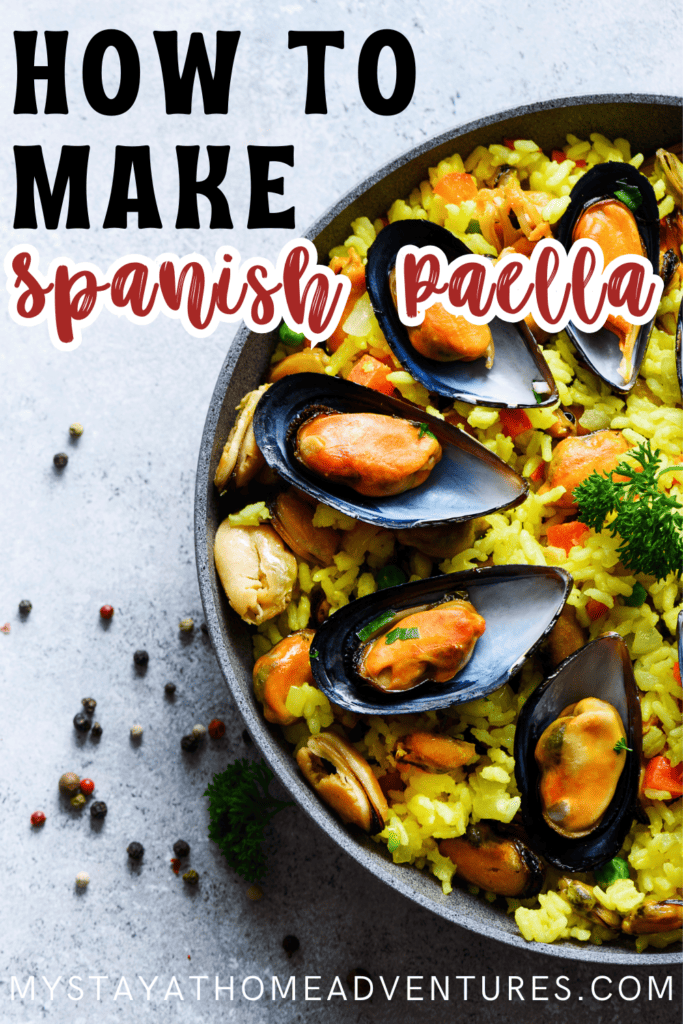
Resting Before Serving
Once cooking is complete, remove the pan from heat and cover it with a clean cloth or foil. This resting period, lasting about 5-10 minutes, allows the flavours to meld and the rice to set.
This step is essential for achieving the perfect texture. The steam will continue to cook any remaining ingredients gently. Before serving, garnish with fresh parsley or lemon wedges for added brightness. Tasting for seasoning ensures that every bite delivers a satisfying flavour.

